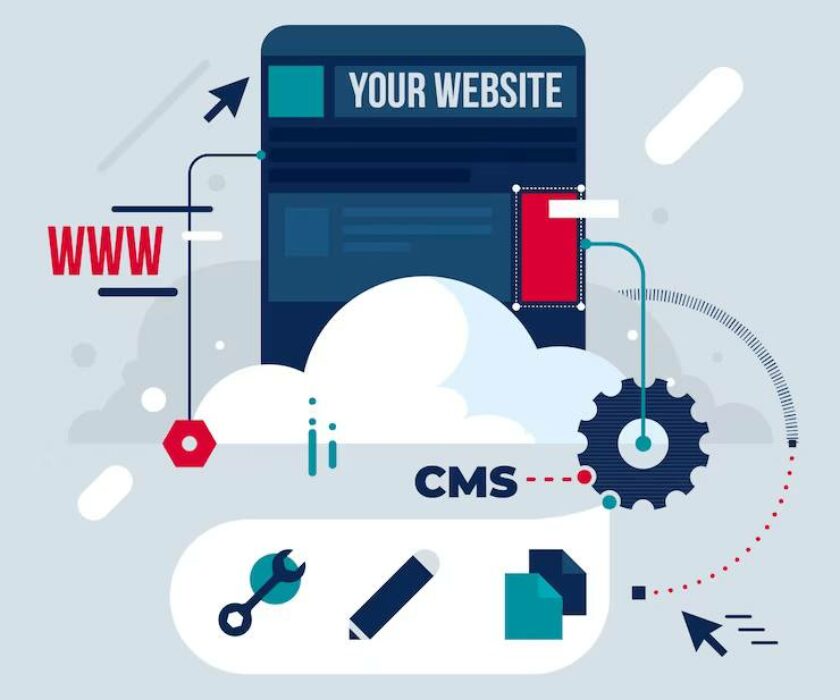In today’s fast-paced digital age, a slow-loading website can quickly turn off potential customers and harm your business’s reputation. According to research, the majority of internet users expect a website to load within two seconds or less. If your website takes longer than that, users are more likely to abandon it and move on to your competitor’s site. That’s why it’s essential to optimize your website’s speed and performance to ensure a seamless user experience. Here are some tips on how to improve your website’s speed and performance:
Optimize Images and Videos
Images and videos are an integral part of any website. However, large media files can significantly slow down your website’s load time. You can optimize your images and videos by compressing them without sacrificing quality. You can also use web-friendly formats like JPEG, PNG, and GIF for images and MP4, WebM, and Ogg for videos.
Use a Content Delivery Network (CDN)
A Content Delivery Network (CDN) is a network of servers distributed around the world that caches your website’s static content and delivers it to users from the nearest server. By using a CDN, you can significantly reduce your website’s load time, especially for users who are geographically distant from your web hosting server.
Minimize HTTP Requests
HTTP requests are made whenever a user visits your website. Each file, such as an image, JavaScript file, or CSS file, requires a separate HTTP request. The more HTTP requests your website has, the longer it takes to load. To minimize HTTP requests, you can combine multiple files into one, use CSS sprites, and reduce the number of images used on your website.
Optimize Your Website’s Code
Your website’s code can also affect its speed and performance. Minimizing the code by removing unnecessary spaces, comments, and formatting can reduce the file size, making it load faster. You can also leverage browser caching, which allows web browsers to store your website’s static content, such as images, for future use, reducing the number of HTTP requests.
Use a Faster Web Hosting Provider
The speed of your website is also influenced by your web hosting provider. A slow web hosting provider can lead to slow load times, even if your website is optimized. Therefore, it’s essential to choose a web hosting provider that offers fast server response times, adequate bandwidth, and reliable uptime.
Reduce Redirects
Redirects are useful when moving content to a new URL or making changes to your website’s structure. However, too many redirects can harm your website’s speed and performance. To reduce redirects, use relative URLs and avoid using unnecessary redirects.
Prioritize Above-the-Fold Content
Above-the-fold content is the content that appears on a user’s screen before scrolling down. It’s essential to prioritize above-the-fold content, as users are more likely to engage with it first. To improve your website’s speed and performance, ensure that the above-the-fold content loads first and is optimized for fast loading.
Monitor Your Website’s Speed and Performance
Lastly, it’s crucial to monitor your website’s speed and performance regularly. Tools like Google PageSpeed Insights, Pingdom, and GTmetrix can help you identify areas where your website needs improvement. By monitoring your website’s speed and performance, you can make the necessary adjustments to improve its performance continually.
In conclusion, website speed and performance are critical factors in providing a seamless user experience. By optimizing images and videos, using a CDN, minimizing HTTP requests, optimizing your website’s code, using a faster web hosting provider, reducing redirects, prioritizing above-the-fold content, and monitoring your website’s speed and performance, you can significantly


